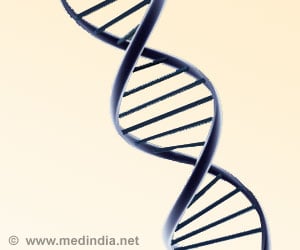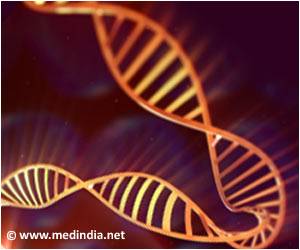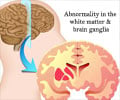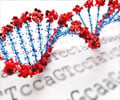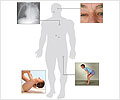
‘Identifying the root cause of the condition is a first step, and that could help in developing new therapies and treatment approaches.’
Tweet it Now
The youngster’s doctor, Vandana Shashi, a professor of pediatrics for the Division of Medical Genetics at Duke University School of Medicine, told his parents their son likely had a rare and yet-unidentified disease and promised to remain vigilant if any other cases popped up in the medical literature that might provide additional clues.The new disease, which still has no name, does have similarities to two other rare genetic disorders arising from related genes. A condition called Bohring-Opitz syndrome is the result of a mutation of the ASXL1 gene, while Bainbridge-Ropers syndrome is caused by a flaw in the ASXL3 gene. Both conditions are also rare, and result in similar, but more severe impairments.
Dr.Shashi used the tools of the Undiagnosed Diseases Network (UDN) at the National Institutes of Health, which links Duke and six other medical teaching sites around the country. The participating centers pool information and innovations about diseases that are so rare they often stump the broader medical community.
Within just six weeks, five additional children, all with the same physical features and the ASXL2 gene mutation had been identified.
“We can now definitively say this is a newly identified disease,” Shashi said. “With just one case, we could not say the gene mutation was the underlying cause. But with six cases, all with the same ASXL2 mutation, it is definitive.”
Advertisement
Though how the ASXL2 genetic mutation arises is unknown, identifying the root cause of the children’s condition is a first step, and could help drive new therapies and treatment approaches.
Advertisement
“It has been wonderful to be connected to other families who share this genetic condition,” said Teresa Locklear, whose son, Issac, was the first patient to present with the mutation at Duke. “When we started, we hoped we would find other families with children who were older than Isaac, to provide a sort of roadmap for what to expect. But it turns out, Isaac is the oldest and we are the ones sharing our experiences with parents of younger children, and that’s been so rewarding.”
Study co-author Loren del Mar Peña, assistant professor in the Department of Pediatrics at Duke, said reducing isolation for families with a rare disease has tremendous impact.
“These families feel truly alone when their child clearly has a disorder, and yet there is no name for it, and no community of people they can relate to with shared experiences,” Peña said. “This will help them be able to connect with others and compare notes. That’s a huge deal – to know you aren’t the only one and there a five other children out there.”
Source-Medindia


